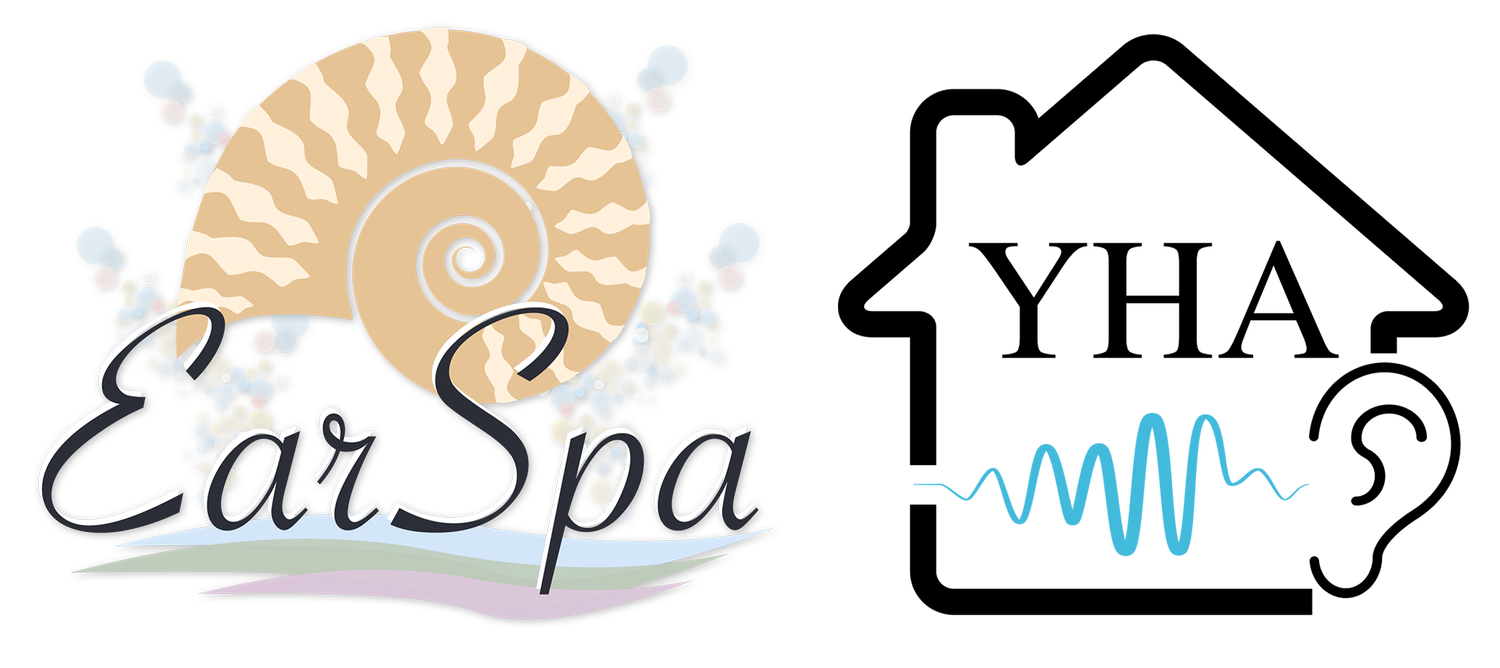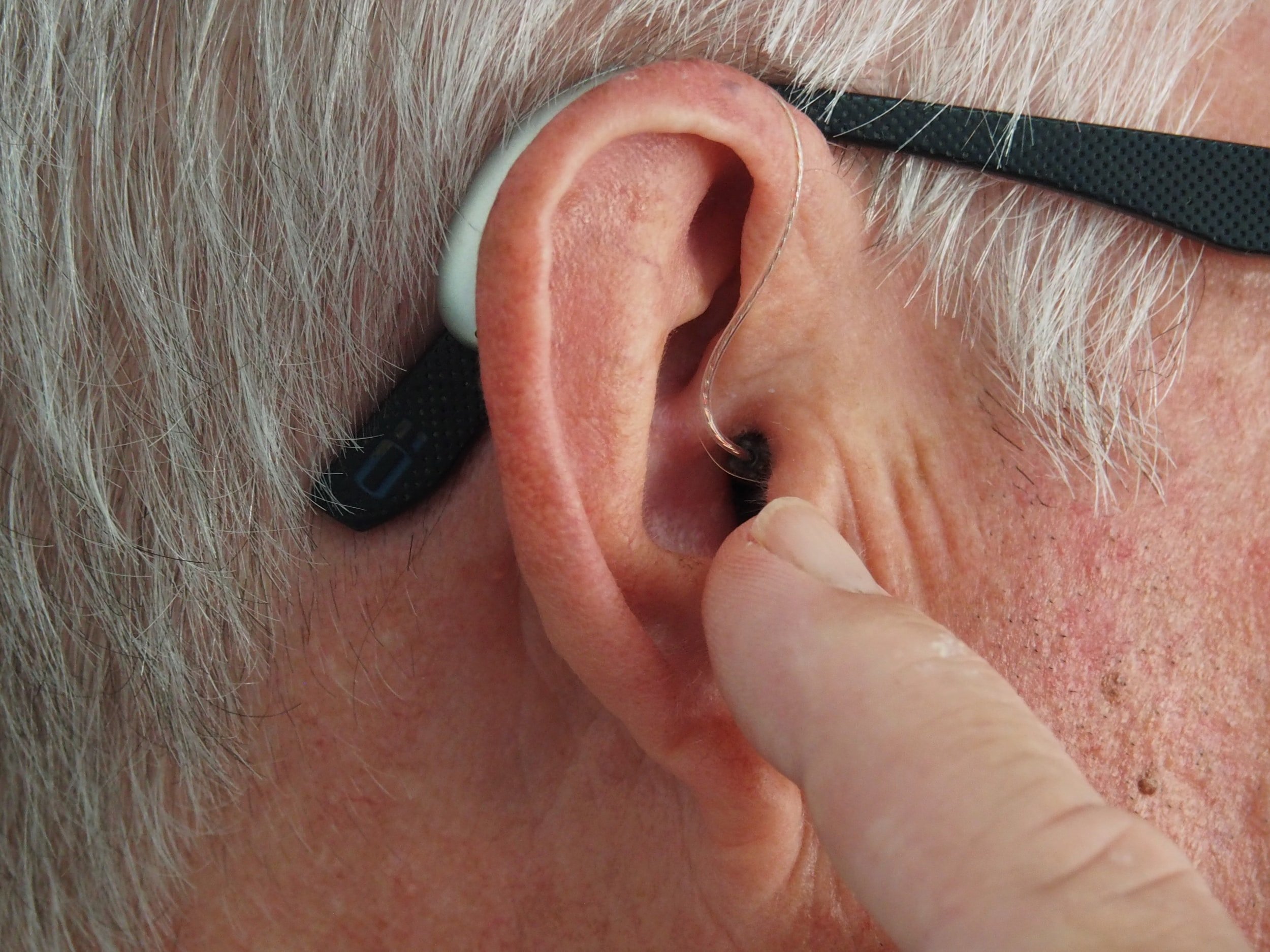
Brooklyn Hearing Aids Boosting Clarity
Hearing loss can affect people of all age ranges but luckily there are different types of hearing aids that can fit your lifestyle and help with your hearing issues. There is no reason for you to struggle with hearing loss. For people looking at getting their first hearing aids, you may have many questions such as:
What is the process of getting hearing aids?
Are there side effects of a hearing aid?
How long does it take to adjust to a hearing aid?
With Dr. Srour, you can expect the gold standard of hearing care, including today’s best practice guidelines in the industry, delivered straight to you with state-of-the-art equipment and innovation. Schedule a hearing test in Brooklyn, NY to get to the specifics of your hearing care needs. Hearing health is important and poor hearing can lead to a lower quality of life.
A consultation with you and Dr. Srour will focus on you, your hearing loss, and what lifestyle and listening needs you have. It is important to share what matters most to you with regards to hearing aids and your unique hearing needs. Dr. Srour sets herself apart from other audiologists by offering flexible packages for hearing aids, suitable to your needs and budget. Hearing aids can be a large investment and are sometimes not covered by insurances. Dr. Srour can help find what works best for you while also improving your hearing with the use of hearing aids.
Different Types of Hearing Aids
Example of a RITE Hearing Aid
Today’s best hearing aids have an exceptional sound quality and feature technology that can also help track your health and wellness. New hearing aids can be fit for a broad range of hearing loss in more styles and sizes than ever before. There are models of hearing aids that rest in the second bend of the ear canal, where no one can see them, called Invisible-in-the-canal (IIC) or behind-the-ear (BTE) where the body of the hearing aid lays on outer the ear with a thin tube extending into the ear canal.
Most people interested in obtaining hearing aids for the first time may be wondering which are best for them. You can make an informed decision with Dr. Srour based on your hearing test and exam, and decide on the best solution based on your healthy hearing goals. Cochlear implants may be an option if there is severe hearing loss and poor speech understanding.
Behind The Ear Hearing Aid
The most commonly fitted hearing aid is the BTE and more specifically, a receiver-in-the-ear (RITE). The RITE has the speaker built into an insertable ear dome that rests in the ear canal, instead of in the body of the device. The microphone and processor sit in a tiny case in the body of the hearing aid. The two are connected by a very thin wire. In general, BTE’s and RITE’s are very versatile instruments; they usually come with a rechargeable battery option, wireless connectivity for cell phones, and bluetooth technology.
In The Ear
More traditional-style hearing aids, such as in-the-ears (ITE’s) are always available to those with dexterity and vision challenges. They too can house the most modern and technologically advanced sound processors.
Real Ear Managements (REMs) & Live Speech Mapping (LSM)
Real Ear Measurements (REMs) are the essential best practice tool in any hearing aid fitting today. It is an objective method of fitting hearing aids that uses not just the type and degree of your hearing loss, but also your ear’s unique anatomy. It is the true measurement of the hearing aids’ effectiveness in relation to you. Real ear measurements are best known for achieving accuracy and have been found to reduce the number of visits required for successful programming. Dr. Srour performs REMs for every hearing aid fitting patient.
One specific verification tool used in REMs is called Live Speech Mapping (LSM). If you have a hearing loss, you and your family may not be able to fully understand what you can and cannot hear. With LSM, you will have the ability to hear the improvements immediately and “see” what you are hearing through your hearing aids on a screen in real-time. LSM helps you, your family, and Dr. Srour visualize together and understand the differences that hearing aids can make in your hearing ability.
Contact Dr. Srour to find out how REMs and LSM can provide you and your family with a positive, interactive, and enjoyable hearing aid fitting experience.
Wearing Hearing Aids
It is recommended for those who need a hearing aid to wear it throughout the day with a few exceptions. There is an adjustment period to the hearing aid so working up a few hours a day to a full day is also recommended.
You should NOT wear a hearing aid when:
Sleeping
Showering
Having your hair done
Swimming
In extremely loud environments
As an experienced audiologist and hearing aid specialist, Dr. Srour can make adjustments to the settings, the fit, and even make adjustments as your hearing changes over time.
Reasons Why People May Need Hearing Aids
There are many different reasons why a hearing aid may be needed. Noise-induced hearing loss is a common reason due to exposure to excessively loud sounds. This is common in people under the age of 70. The NIH has estimated that as much as 24% of the adult population has some noise-induced hearing loss in one or both ears.
Age, disease, and heredity can all affect the ear and lead to someone needing hearing devices. A hearing test helps audiologists determine what the best course of action is for every patient.
Are There Side Effects To Having A Hearing Aid?
With hearing aids today, there have been many advancements in technology. If the device is not used correctly, or the wrong kind of aid is used there may be some uncomfortable side effects. Some common issues seen include:
Headaches
Soreness around the ear
Skin irritation
Itchy ears
Excessive feedback
Inability to hear properly
If you experience any of these issues, contact Dr. Srour to schedule an appointment to fix the issues.
Single-Sided Hearing Loss
Hearing loss can happen in only one ear and there are solutions for this as well. When a person has hearing loss in only one ear and good hearing in the other ear, Dr. Srour typically recommends a Cross Routing of Signal (CROS) hearing aid system. The CROS system consists of a single microphone and single receiver contained in two individual devices (one for each ear). The ear with little-to-no functional hearing is fit with the microphone-equipped device, and the ear with normal hearing is fit with the receiver-equipped device. Sound arriving at the ear with hearing loss will then transmit through a wireless connection to the receiver-equipped device on the normal-hearing ear — to help you hear sounds regardless of which side they’re coming from.
If a person has hearing loss mainly in one ear and better hearing in the other ear, Dr. Srour typically recommends a Bilateral Cross Routing of Signal (BiCROS) Hearing Aid system. A BiCROS system consists of a microphone-equipped device that is fit to the poorer-hearing ear and a conventional hearing aid fit to the better-hearing ear that has some hearing loss.
Schedule A Hearing Test Today
Your hearing care is the top priority of Dr. Srour. It is important to work with experienced hearing specialists so you can feel confident about your health. Dr. Srour has an office in Brooklyn to serve residents of New York and offers appointments in New Jersey along the shore. Call to schedule your first visit and start the process towards healthy hearing.
Your Home Audiologist
At Home Visits - We Come to You
Call to schedule a visit. Not sure if we come to you? Call to learn more.
Travel fee may apply.
(347) 695-6309
EarSpa New Jersey
By Appointment Only
17 Clinton Ave
Eatontown, NJ 07724
(347) 695-6309
EarSpa New York
By Appointment Only
1724 East 24th Street
Brooklyn, NY 11229
(347) 695-6309

